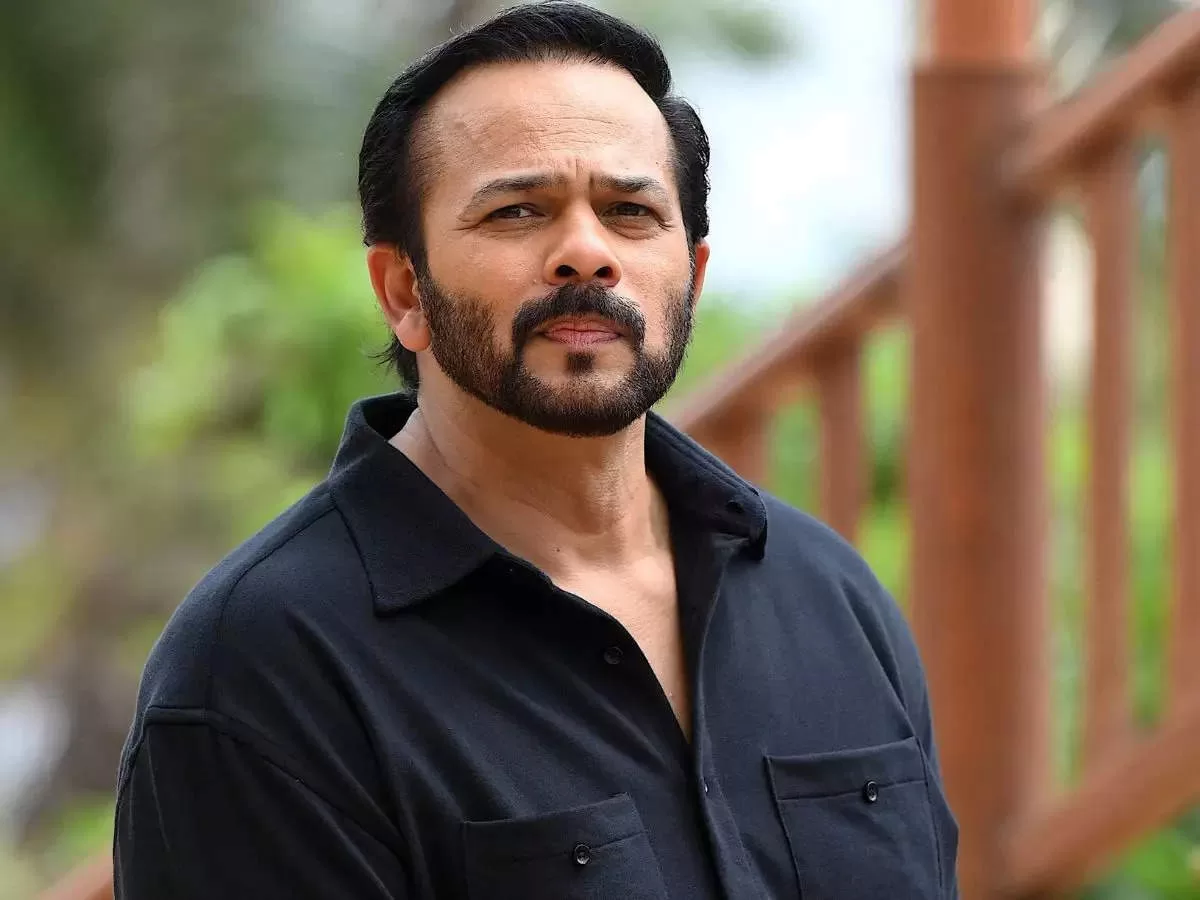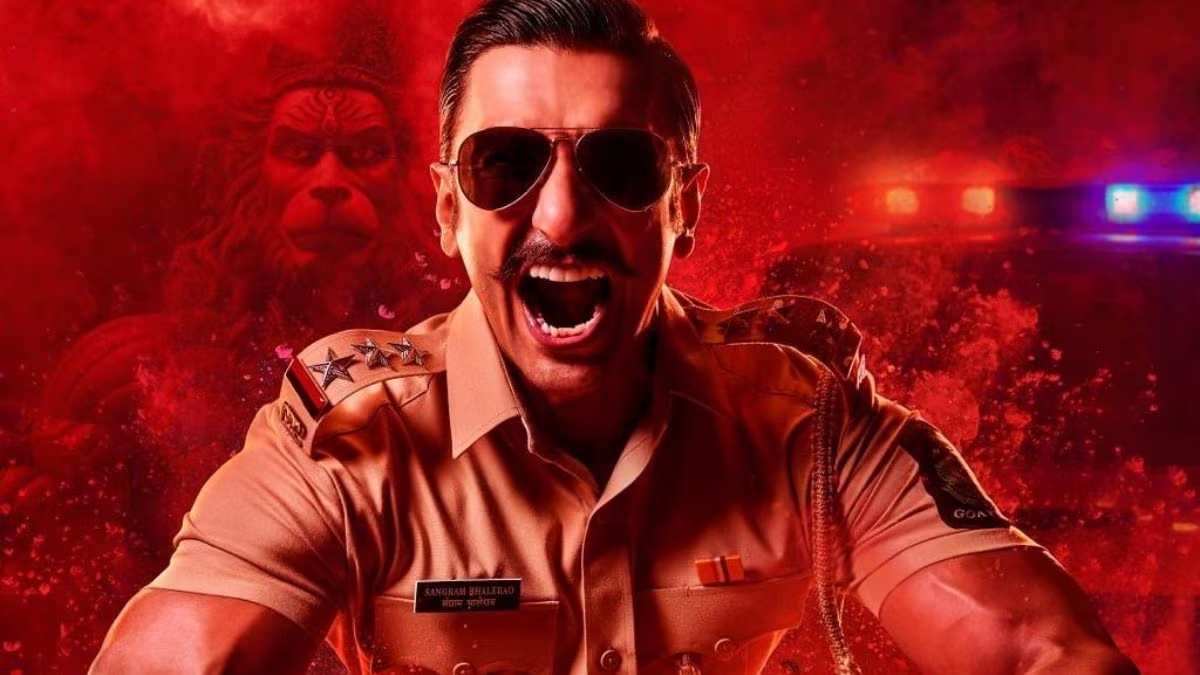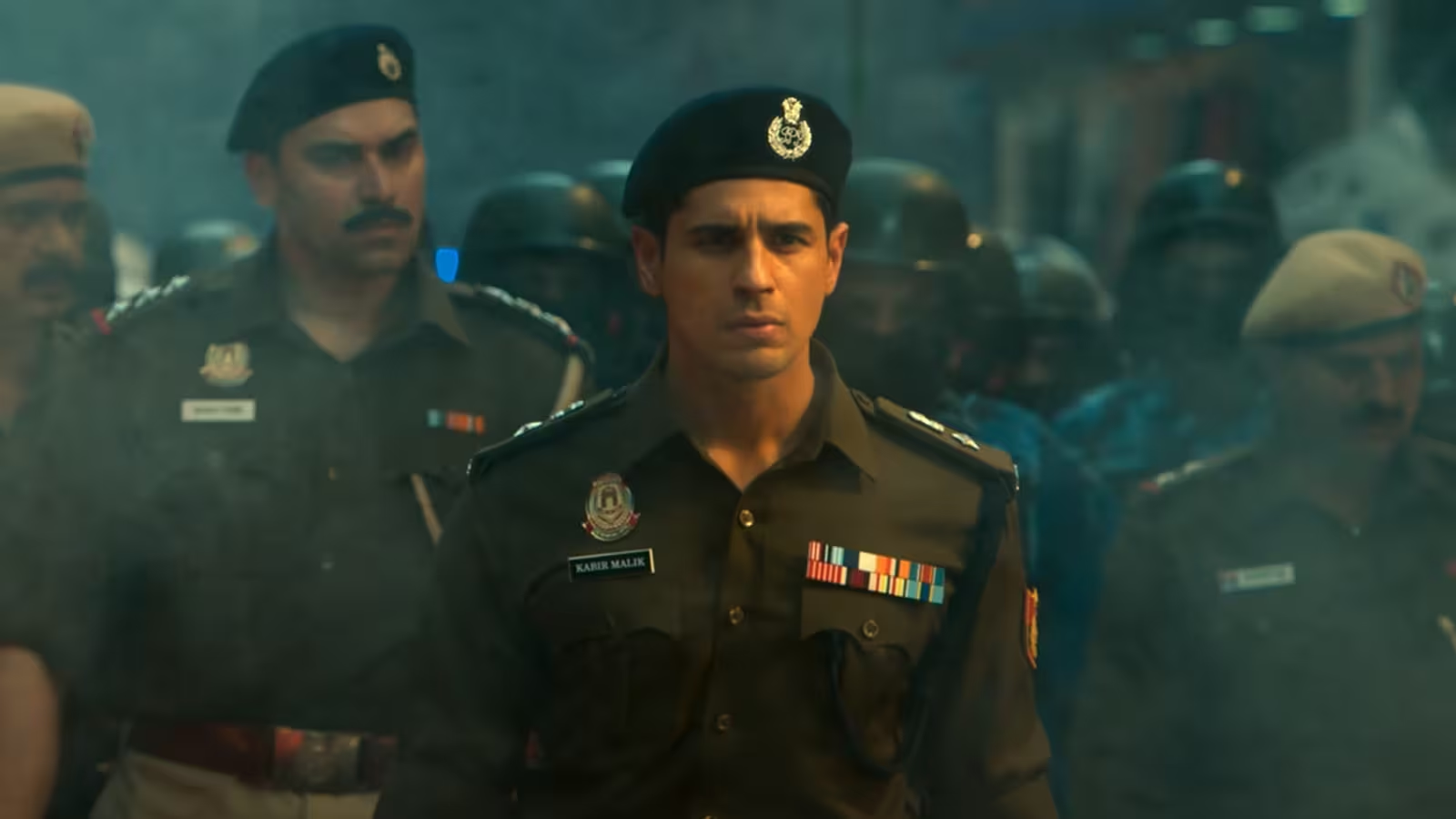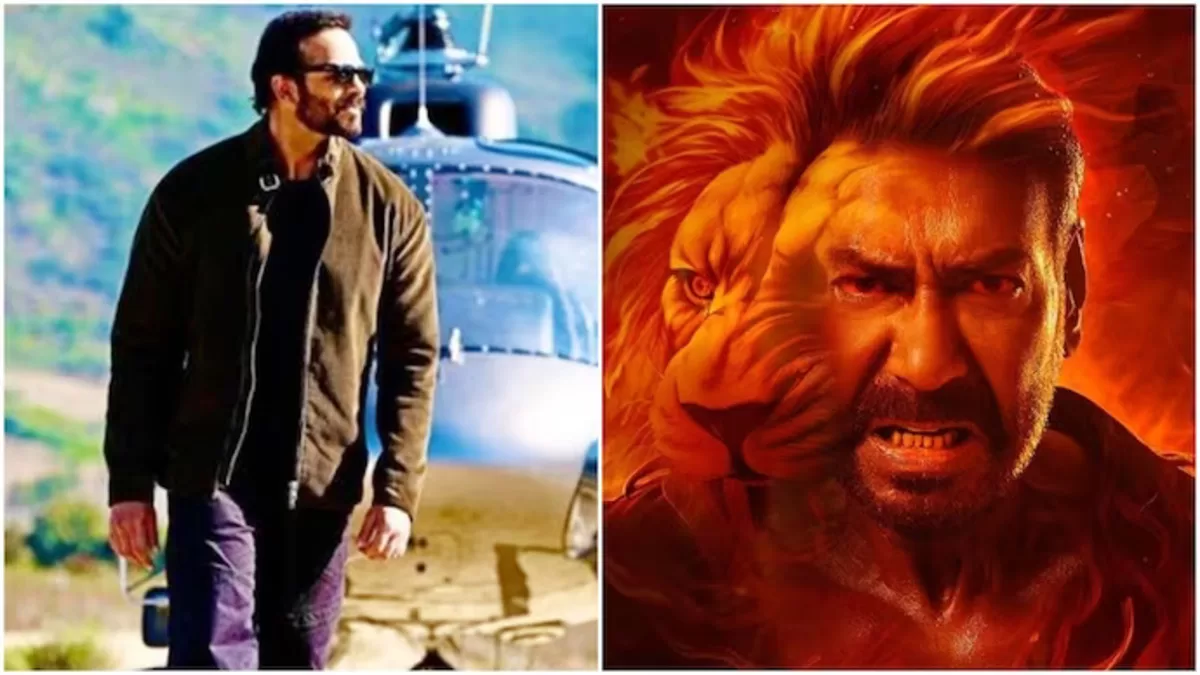Rohit Shetty, known for his high-octane action and comic films in Bollywood, finds himself facing a critical crossroads again before his release from “Indian Police Force.” His films like Singham and Simmba have entertained millions and made him the helm of a cop universe.
They’ve also ignited a debate about their portrayal of police brutality. Does Shetty’s brand of cops, dispensing vigilante justice with flying kicks and gravity-defying stunts, glorify real-world police excesses?

The Accusation: Glorifying a Flawed System?
Recently, Shetty addressed these concerns head-on. In an interview with Film Companion, he defended his cinematic universe, arguing that depicting the “fear” inherent in crime and its consequences is crucial. He emphasized that his films offer escapism and entertainment, not blueprints for police conduct. He asserted
“Naturally, I oppose both the murdering of innocent people and the imposition of law by them. However, you wouldn’t welcome someone with wide arms if they fired at you, would you?”

Shetty’s Defense: Fear, Fiction, and Entertainment
He further justifies his portrayal of police officers by arguing that
“Darr hona zaruri hai in the society (You have to make people fearful to some extent). I stand by this, and I don’t mind if I receive trolling for it. I understand exactly what I’m saying in my mind. Even though we are all well-educated here, that life is very different from ours. Imagine encountering a drug dealer, a rapist, or someone who has hacked off the skull of an innocent person on your way to work. You have a different mindset when you interact with those kind of individuals.”

Finding the Balance: Fact, Fiction, and Responsibility
However, critics remain unconvinced. They argue that Shetty’s films often blur the lines between cinematic spectacle and real-world consequences. The over-the-top portrayal of police officers as superhuman enforcers, bypassing due process and resorting to violence, can desensitize audiences to the gravity of police brutality.
They point to real-life incidents of police misconduct and question if Shetty’s brand of entertainment contributes to a culture of acceptance, if not outright encouragement, of such violations.



